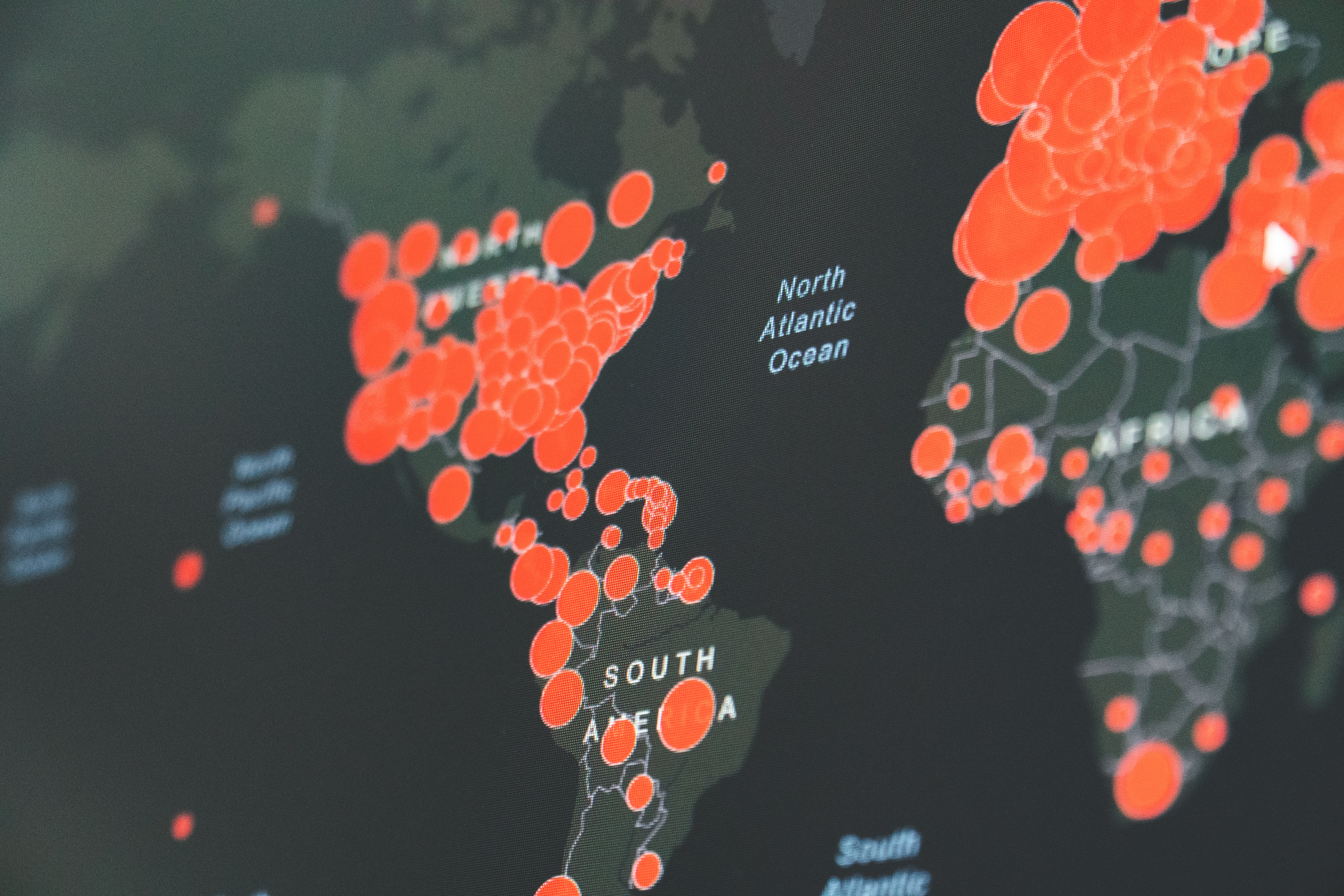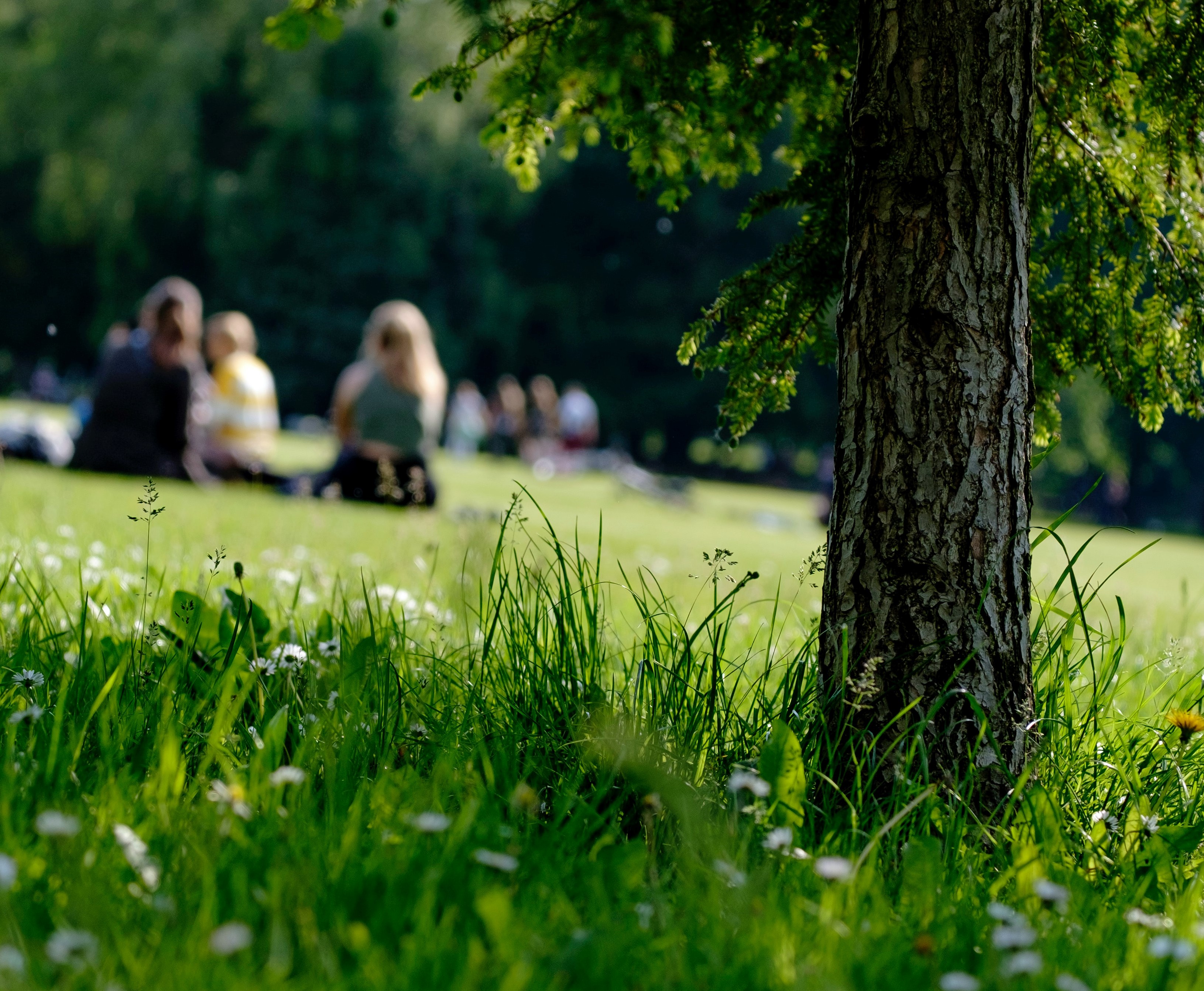April 13, 2020
Sasaki Foundation Responds to COVID-19 Through Design Lens
Mary Anne Ocampo and Tao Zhang
The coronavirus pandemic has completely upended our way of life. It has created a multitude of immediate needs—PPE, ventilators, hospital space. It has put pressure on our systems and essential services—medical providers, grocery stores, delivery services. And it has highlighted inequities in access to essential services, technology, and open space.
As designers and planners, we recognize design is a vital tool in making our communities more resilient for the next crisis. We are trained to find creative solutions while understanding and respecting the larger systems at play. We look at the intersection of socioeconomic, cultural, and environmental issues. We assess how spaces function, find any gaps, and then improve and enhance them. In this current pandemic, designers can adapt existing structures and systems to provide additional resources and support. As we learn from this experience, designers can integrate resiliency strategies into our spaces at all scales, from a local park, to a city, to a region, so we are better prepared for whatever the future holds.
Impacting Access and Essential Services
Our society’s ability to provide access and essential services is dependent on proximity, frequency of service, and availability of goods. A crisis like the current pandemic exacerbates any existing issues. As designers, we can find critical gaps where essential services are limited, and assess mobility to determine who has means to access them. For example, current COVID-19 testing sites privilege having a car. How can we make these sites more equitable for individuals without cars? Technology is another critical service: it provides more accessibility as well as cultural and social connectivity, particularly in this season of physical distancing. The current crisis highlights the socioeconomic and technological hurdles to accessing this vital resource. Expanding access requires a layered approach. We can use technology to understand where systems are or aren’t working, and to find patterns of behavior and gaps.

Map of COVID-19 outbreak.
Improving Our Community Responsiveness
China is now on the other side of the curve, so we can learn much from the Chinese cities that have already faced the same challenges we do now. Despite the significant cultural, political, and societal differences between the United States and China, their experiences are relevant in this pandemic. The Chinese society became unified quickly and took immediate actions at an unprecedented scale. Despite the disinformation and anxiety, when Chinese citizens were urged to stay at home, they were largely very cooperative and complied with the new order. This situation makes us reflect on urban infrastructure, dense settlement, and how nimble cities can be in a crisis. In China, community-level governance made significant contributions to the success of flattening the curve. Many communities substantially coordinated groceries, deliveries, takeouts, and various communal services to ensure compliance with the lockdown. We have heard numerous poignant stories of ordinary residents volunteering to help others in vulnerable situations. One silver lining of this pandemic is people experiencing a realization that we are not that different or divided after all, and feeling a strengthened sense of empathy. We remain hopeful we can improve our own community organizing ahead of hitting the pivotal point of the curve.

Open space.
Creating Spaces for Connection and Health
This crisis has forced us to change the way we think about fresh air, mental health, and human connections. Transitional spaces, like porches, balconies, and decks, provide access to the outdoors as well as opportunities to connect with others from a safe distance. People are returning to the ways we socialized through the physical environment a century ago. At the same time, virtual spaces provide a way to connect with others on a new and intimate level, as we invite friends and coworkers into our homes and personal spaces. Moving forward, we can design spaces that will allow us to linger between both the physical and virtual.
The current pandemic also has exacerbated inequity in access to open space—access that is key for mental health. People are occupying streets just to get out. This crisis highlights an opportunity for municipalities to assess equity of access to high-quality parks, especially in urbanized areas with backyard deficits. Laura Marett, Sasaki associate principal and secretary of the Sasaki Foundation’s Board of Trustees, is co-leading an ongoing research initiative called the Parks & Equity Atlas. The research, which is funded by Sasaki, explores ways to measure and visualize inequities in both park access and quality in order to give cities the tools to prioritize investment in parks where they are needed most. As designers, improving access to open air and optimizing circulation is something we think about daily as we design spaces and networks for flexibility so they can adapt over time.
Shaping a New Type of Urbanism
New attitudes toward density—a response to pandemics and other disasters—may shape a new type of urbanism. What is the right density to balance our health and our ability to support vital infrastructure? How much open space do we need per person? What standards should be in place so our physical environment supports resilience in a crisis? We need research to quantify these answers. We also need to develop new tools. Currently we have tools to assess environmental risks, and will need to add a new layer to assess infectious disease risks.
The coronavirus pandemic has highlighted inequities across the country. In the Sasaki Foundation’s effort to address these inequities, we are seeking proposals for solutions to our shared futures that may respond to the needs of individuals who are most impacted by this crisis—individuals who need to be out and about to do their jobs, often in conditions less conducive to physical distancing. Additionally, the Sasaki Foundation’s current mobility initiative, made possible by a generous grant from the Barr Foundation, is poised to tackle issues around mobility choices and equity in the Greater Boston region. Through a research partnership with the MIT Department of Urban Studies and Planning, workshops in partnership with several non-profit organizations, and a data visualization tool leveraging Sasaki Strategies, our work will share technology and design tools to support advocacy and policy conversations that are especially vital in light of the current pandemic.
As we face and eventually move past this current crisis, we will need design and planning to address these important issues of open space, density, technology, and connection to create more resilient and equitable communities.
